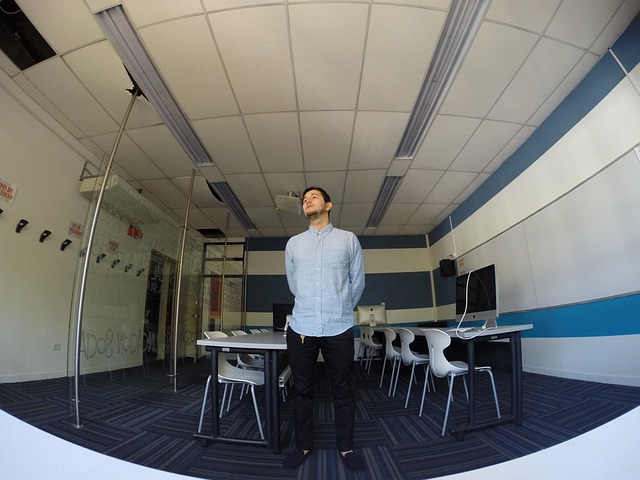Shared Office: Practical Guide to Workspace Services
A shared office provides a flexible alternative to traditional leased space, combining communal areas with private desks or offices. It’s suited for freelancers, startups, and dispersed teams who need professional infrastructure without long-term commitments. This article explains how reception, amenities, furniture, technology, and financial considerations shape the experience and what to look for when evaluating spaces or local services.

Reception: How is it typically managed?
Reception services in shared offices range from unattended self-check-in kiosks to staffed desks with administrative support. Staffed reception can handle mail, greet visitors, and route calls, which helps create a professional image for smaller companies. Self-service models reduce costs but may require members to manage deliveries and guest access. When assessing spaces, confirm hours of reception coverage, visitor policies, package handling, and whether front-desk staff can provide basic administrative tasks like scanning or scheduling.
Amenities: What common extras are offered?
Amenities often differentiate one shared office from another. Typical offerings include meeting rooms, kitchens or coffee bars, event spaces, and printing or locker facilities. Wellness and community-focused amenities — such as bike storage, showers, or networking events — can add value depending on business needs. Evaluate which amenities are included in membership and which incur extra fees, and consider proximity to transit, food options, and local services for client convenience and staff wellbeing.
Furniture: What to expect in terms of layout and quality?
Furniture in shared offices usually reflects a balance between durability and ergonomic support. Expect adjustable chairs, sit-stand desks in some locations, collaborative benching, and private office furnishings that vary by provider. Diversity in layout—open desks, phone booths, and dedicated quiet rooms—helps teams with different work styles. When touring a space, test seating comfort, desk sizes, storage options, and how furniture is arranged for privacy and collaboration. Ask about reconfiguration policies if you anticipate growth or need bespoke layouts.
Technology: How is connectivity and security handled?
Reliable internet and secure networks are core features. Most shared offices offer high-speed wired and wireless connectivity, guest networks, and basic IT support. Look for redundancy options or service-level commitments if uptime is critical. Security features may include keycards, managed door access, CCTV in common areas, and secure printing. For remote or hybrid teams, check video-conferencing setups in meeting rooms, availability of phone booths, and the provider’s policies on data privacy and equipment responsibility.
Financial: What financial and budgeting factors matter?
Membership models commonly include hot desks, dedicated desks, private offices, and day passes, each with different billing cycles and notice periods. Beyond rent, budget for extras such as meeting room hours, printing, mail handling, and event fees. Consider the financial flexibility of shorter-term agreements versus discounted longer leases; refundable deposits and escalation clauses can affect total cost. For businesses forecasting headcount changes, ask about scaling options and cancellation policies so financial commitments align with growth plans and cash-flow projections.
Conclusion
Choosing a shared office is about matching operational needs with the right mix of services. Prioritize the reception model that reflects how you want to present your business, ensure amenities support daily workflows, and verify furniture and layout promote productivity. Confirm technology and security measures meet your technical requirements, and align membership terms with your financial planning. Visiting multiple spaces and comparing contract terms will help you identify the environment that supports both immediate work needs and longer-term flexibility.






